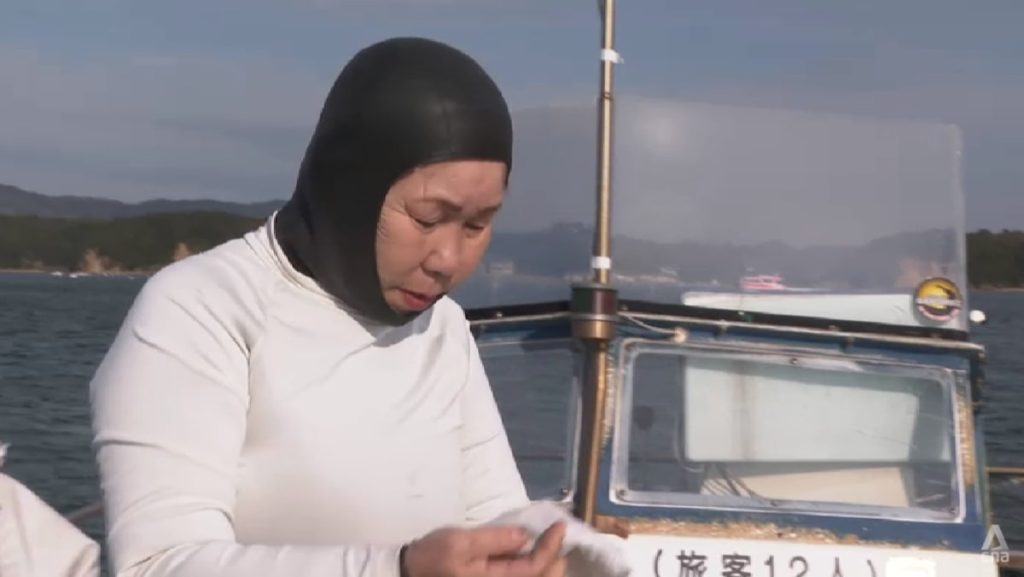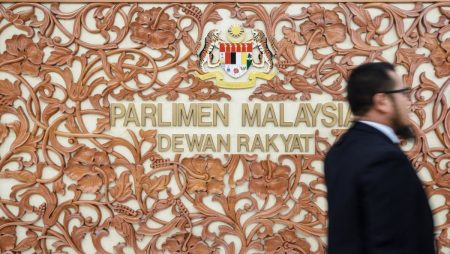The pearl farming industry in Japan, particularly in Mie prefecture’s Masaki Island and Kashikojima, is experiencing a decline in workers and businesses. Masaki Island, once home to over 1,000 pearl farmers, now only has 40, many of whom are elderly. This decrease in workers has had a domino effect on related businesses with long histories. In Kashikojima, known for its pearl jewellers, owners are also aging, and younger generations are leaving to seek opportunities in urban areas. Naoto Yoshimori, president of Yoshimori Pearls, expresses concern that his family’s business may not continue beyond his generation as his children are not interested in taking over.
The shrinking pearl farming industry in Mie prefecture is a worrisome trend for those involved in the business. The declining number of workers and businesses threatens the cultural and economic heritage of these communities. In Masaki Island, only a fraction of the once-vibrant pearl farming community remains, and with young people opting to leave for better opportunities, a sense of continuity is at risk. Similarly, in Kashikojima, where pearl jewellers have a longstanding tradition, the younger generation’s lack of interest in continuing these businesses could signal the end of an era.
Mr. Yoshimori’s plight as the third-generation owner of a pearl jeweller in Kashikojima exemplifies the challenges faced by many businesses in the industry. With his own children showing little interest in taking over, he is faced with the possibility of his family’s legacy coming to an end. Despite his hopes of keeping the business running a little longer, he recognizes that without the next generation’s involvement, the future of Yoshimori Pearls remains uncertain. The dilemma Mr. Yoshimori faces is emblematic of the larger issue plaguing the pearl farming industry in Japan.
As the pearl farming industry continues to dwindle in Mie prefecture, the implications are not just limited to those directly involved in the business. The decline in workers and businesses threatens the cultural heritage of these communities, as well as the economic stability of the region. The disappearance of century-old businesses and traditions could have far-reaching consequences for the local economy and way of life. Without intervention or a renewed interest from the younger generation, the once-thriving pearl farming industry in Mie could be at risk of disappearing altogether.
Efforts to revitalize the pearl farming industry in Mie prefecture are crucial to preserving its cultural heritage and economic significance. Encouraging younger generations to take an interest in pearl farming and related businesses is essential for the industry’s survival. Creating opportunities for training and education in pearl farming techniques and business management could attract new talent and ensure the continuity of these traditions. Additionally, promoting the unique heritage and craftsmanship of Japanese pearls could help generate interest and support for the industry both domestically and internationally.
Despite the challenges facing the pearl farming industry in Mie prefecture, there is hope for its revival with the right strategies and support. By fostering a renewed interest in pearl farming among the younger generation and investing in training and education programs, the industry can be revitalized and sustained for years to come. Preserving the cultural heritage and economic viability of pearl farming in Mie is not only important for the communities directly involved in the industry but also for the region as a whole. With concerted efforts and collaboration between stakeholders, the pearl farming industry in Mie can overcome its current challenges and thrive once again.













